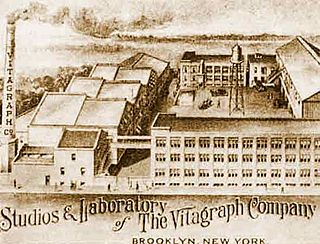
Vitagraph Studios, also known as the Vitagraph Company of America, was a United States motion picture studio. It was founded by J. Stuart Blackton and Albert E. Smith in 1897 in Brooklyn, New York, as the American Vitagraph Company. By 1907, it was the most prolific American film production company, producing many famous silent films. It was bought by Warner Bros. in 1925.

Florence Turner was an American actress who became known as the "Vitagraph Girl" in early silent films.
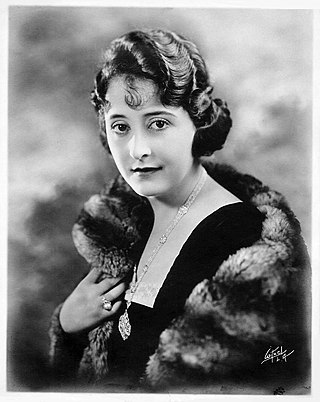
Clara Kimball Young was an American film actress who was popular in the early silent film era.

Antonio Garrido Monteagudo, better known as Antonio Moreno or Tony Moreno, was a Spanish-born American actor and film director of the silent film era and through the 1950s.

Mary Claire Fuller was an American actress active in both stage and silent films. She also was a screenwriter and had several films produced. An early major star, by 1917 she could no longer gain roles in film or on stage. A later effort to revive her career in Hollywood failed in the 1920s after talkies began to dominate film. After suffering a nervous breakdown, she was admitted to St. Elizabeths Hospital in Washington, DC in 1947 and lived there until her death.
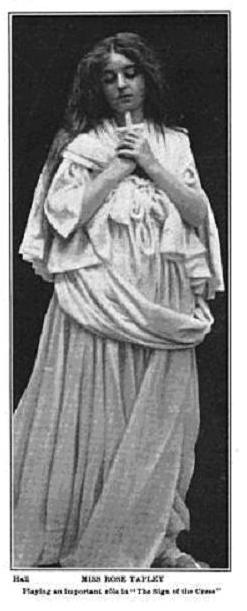
Rose Elizabeth Tapley was an American actress of the stage and an early heroine of silent films.

William Tefft Johnson, Jr., better known as Tefft Johnson, was an American stage and film actor, and film director and screenwriter. He appeared in 131 films between 1909 and 1926.
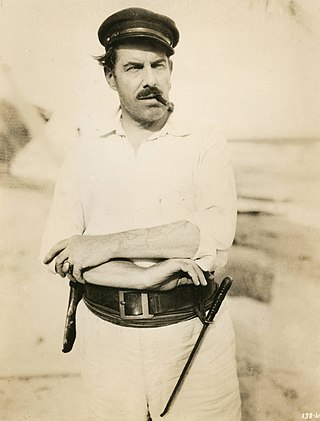
Harry Temple Morey was an American stage and motion picture actor who appeared in nearly 200 films during his career.

Eyes of Youth is a 1919 American silent drama film directed by Albert Parker and starring Clara Kimball Young. The film was based on the stage play Eyes of Youth, performed on Broadway in 1917-18 and starred Marjorie Rambeau. This film also features Rudolph Valentino in a role as a thief/con artist.
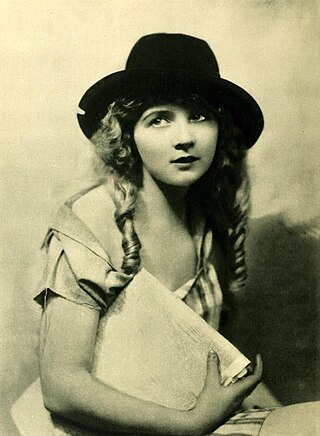
Gladys Leslie Moore was an American actress in silent film, active in the 1910s and 1920s. Though less-remembered than superstars like Mary Pickford, she had a number of starring roles from 1917 to the early 1920s and was one of the young female stars of her day.
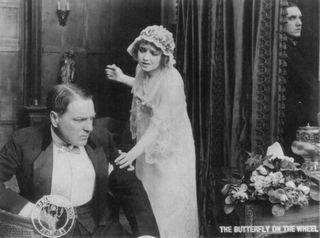
The World Film Company or World Film Corporation was an American film production and distribution company, organized in 1914 in Fort Lee, New Jersey.
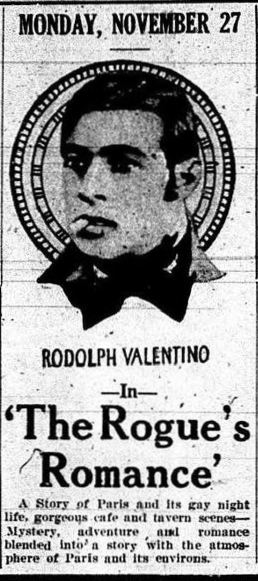
A Rogue's Romance is a 1919 American silent crime drama film produced and released by the Vitagraph Company of America. It was directed by James Young and starred matinee star Earle Williams. Rudolph Valentino, who was then a young unknown dancer, also makes an appearance in a bit part as an Apache dancer. The film is now considered lost.

My Official Wife is an 1891 novel by Richard Henry Savage, popular in its day, soon after adapted for the stage, and for silent films in 1914 and in 1926, and a German-language film in 1936.

My Official Wife is a 1926 silent film by Austrian director Paul L. Stein, and his first American film. It stars Irene Rich and Conway Tearle. It is an adaptation of the 1891 novel My Official Wife by Richard Henry Savage, but the storyline was updated to include World War I.

William Pitt Striker Earle was an American director of the silent film era. He attended Columbia University and worked for a time as a photographer before breaking into the movie business by sneaking onto the lot of Vitagraph Company of America to observe how directors worked. After a few days of this, Earle approached the studio president and was given his first movie to direct, For the Honor of the Crew, a short about a crew race at Columbia University. He subsequently directed a number of features and shorts for Vitagraph. Later he worked with producer David O. Selznick. Earle founded his own, short-lived production company called Amex Production Corporation with J. S. Joffe, and shot the final two films of his career in Mexico.

The Better Wife is a 1919 American silent drama film directed by William P. S. Earle and starring Clara Kimball Young and Edward Kimball.
The Violin of Monsieur is a 1914 silent short film directed by James Young and starring his wife Clara Kimball Young. It was produced by the Vitagraph Company of America and distributed by the General Film Company.
Peerless Pictures, originally Peerless Features, was an early film studio in the United States. Jules Brulatour was a co-founder. The Peerless studio was built in 1914 on Linwood Avenue in Fort Lee, New Jersey, when the town was the center of America's first motion picture industry. The company was merged along with a couple of other early studios into World Pictures.

The Foolish Virgin is a 1916, American silent drama film directed by Albert Capellani and starring Clara Kimball Young, Conway Tearle, and Paul Capellani. It was shot at Fort Lee in New Jersey. Future star Rudolph Valentino appeared as an uncredited extra.

Lady Godiva is a 1911 American silent historical drama film directed by J. Stuart Blackton and produced by Vitagraph Studios in Brooklyn, New York. Its scenario is based on a legendary incident in the life of Godiva, Countess of Mercia, who lived in England during the mid-11th century. Allegedly, the Anglo-Saxon noblewoman rode naked—covered only by her long hair—through the streets of Coventry to protest and abolish an oppressive tax imposed on that town's residents by her husband, Leofric, Earl of Mercia. The film, copies of which survive today, stars Julia Swayne Gordon in the title role with a supporting cast including Robert Maillard, Harold Wilson, and Kate Price.


















